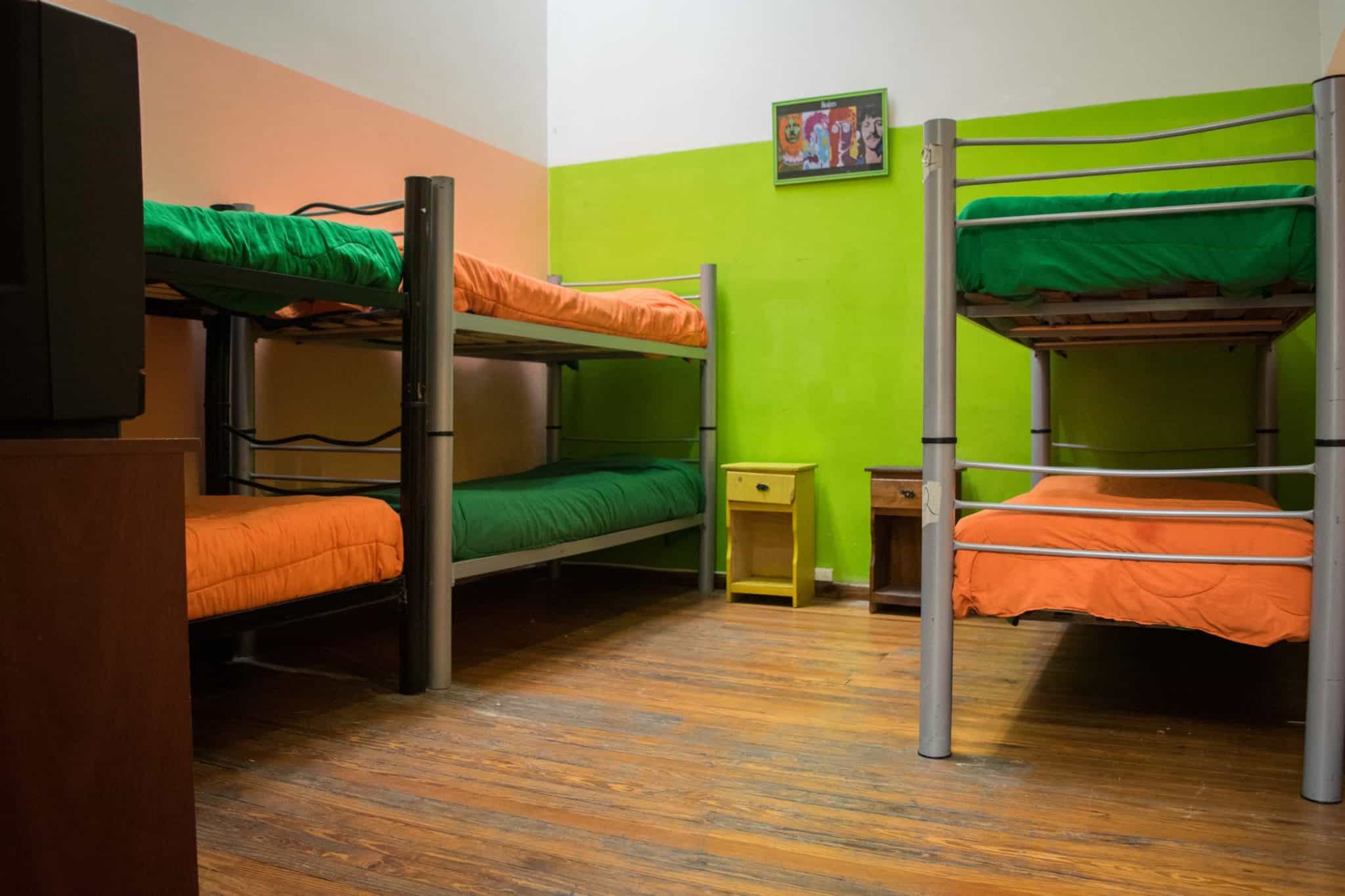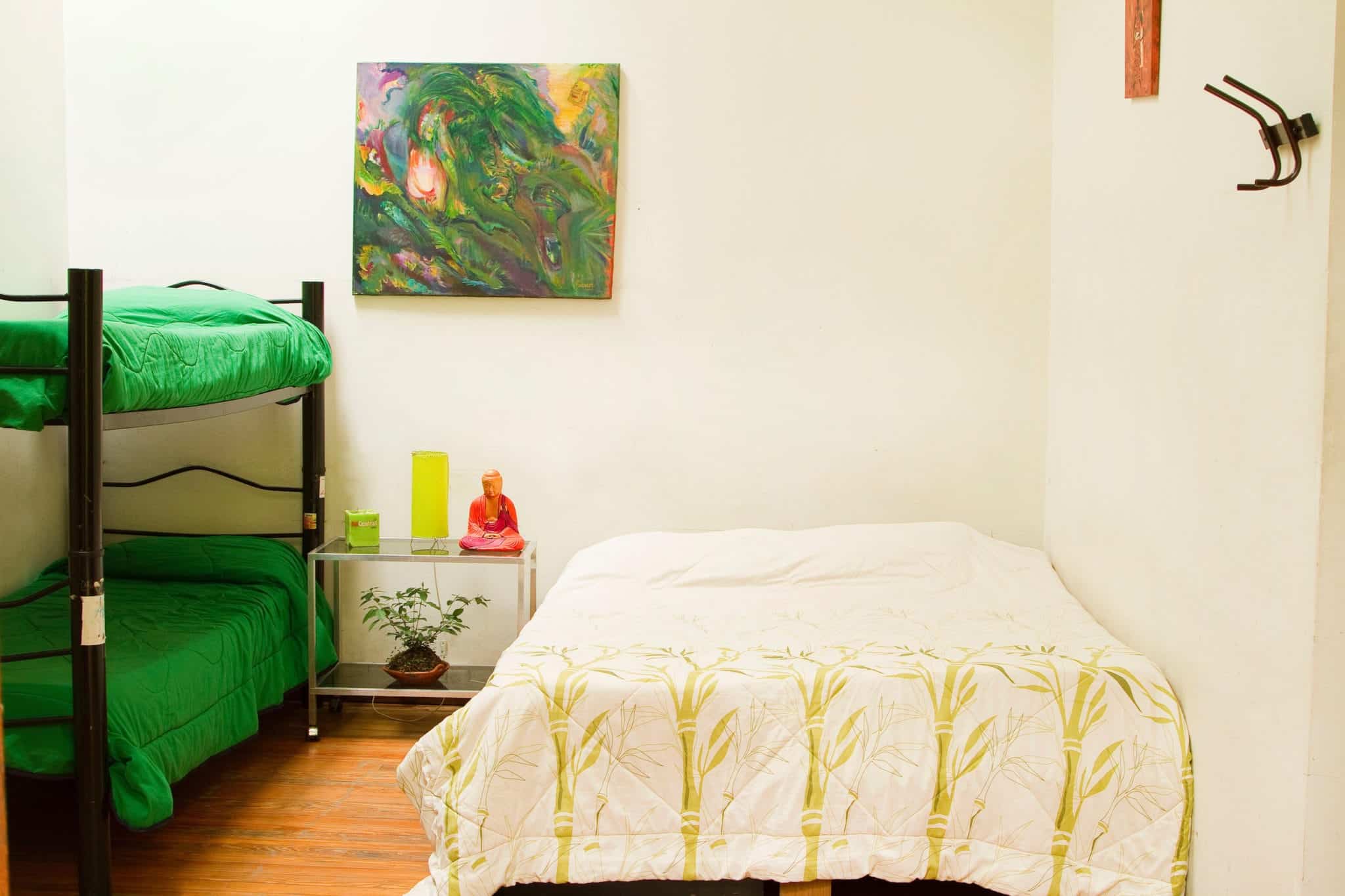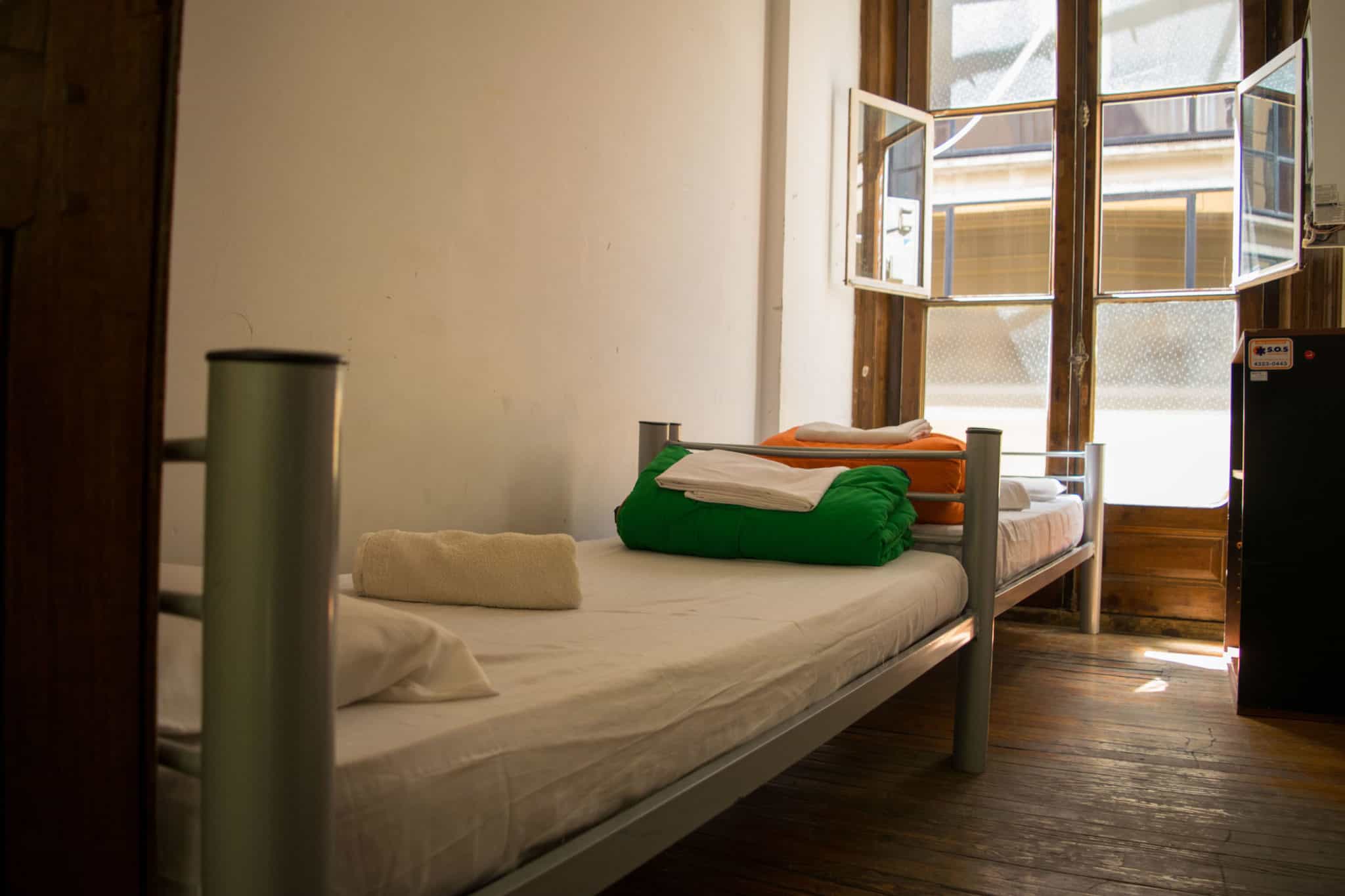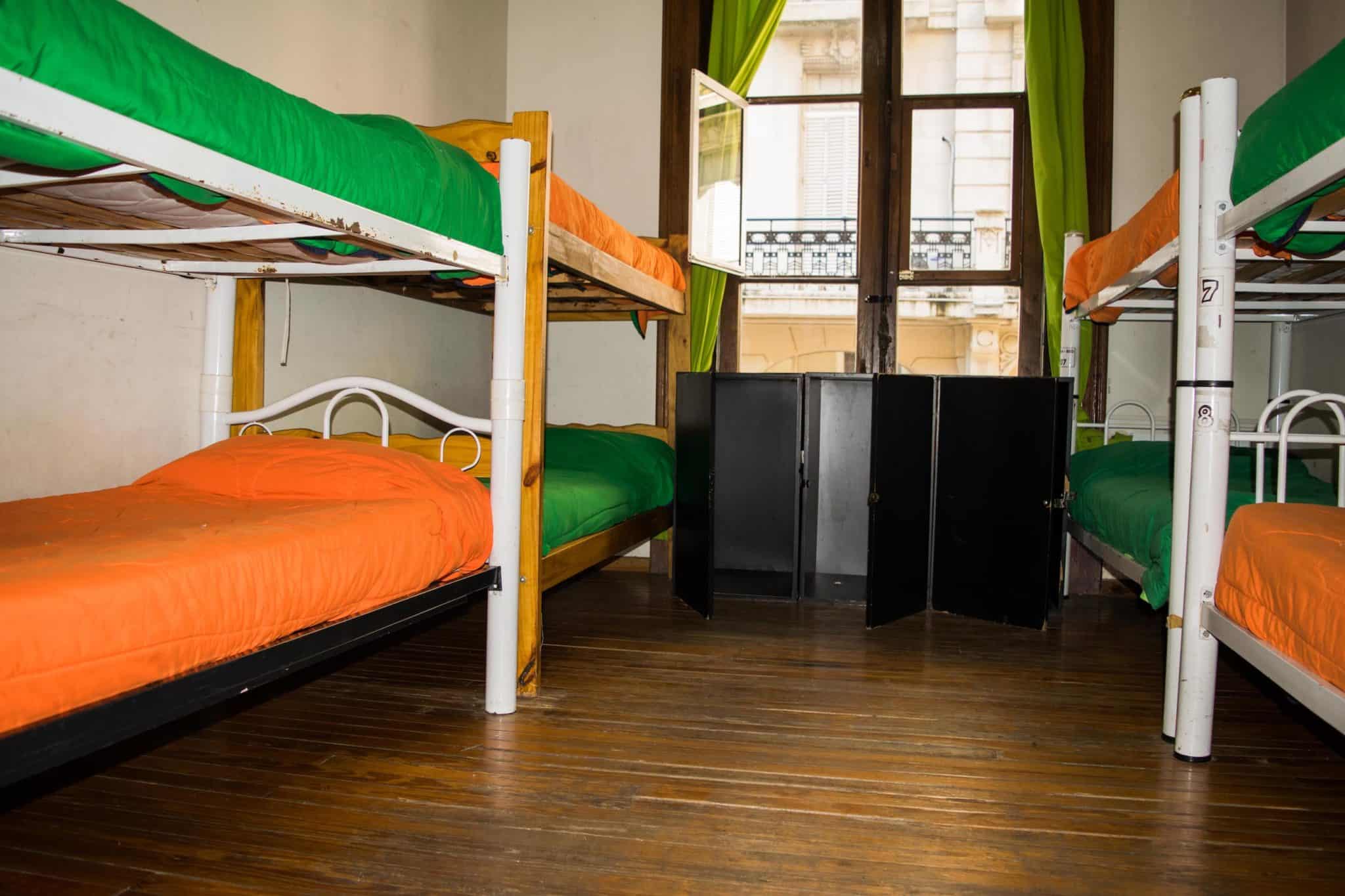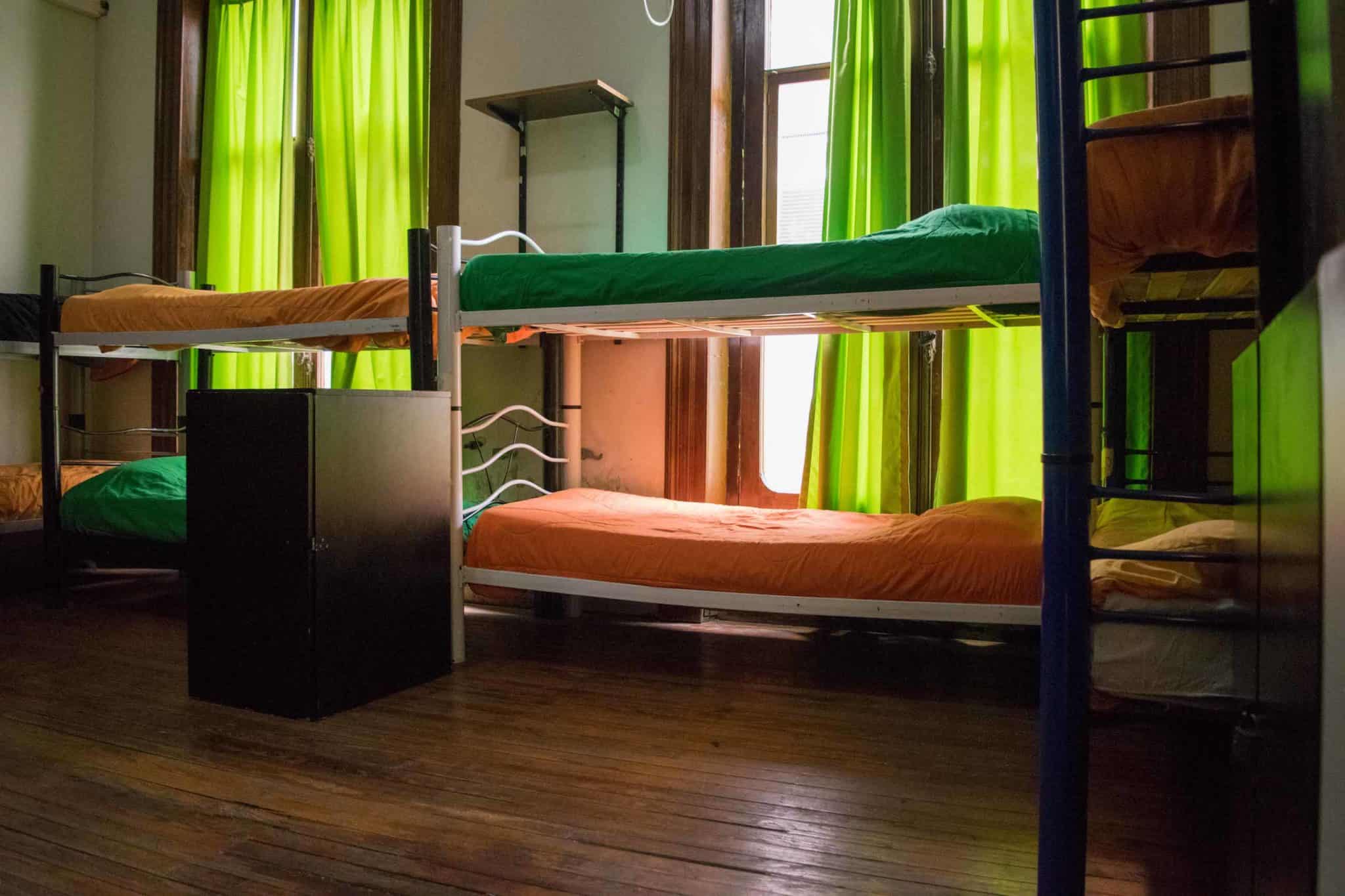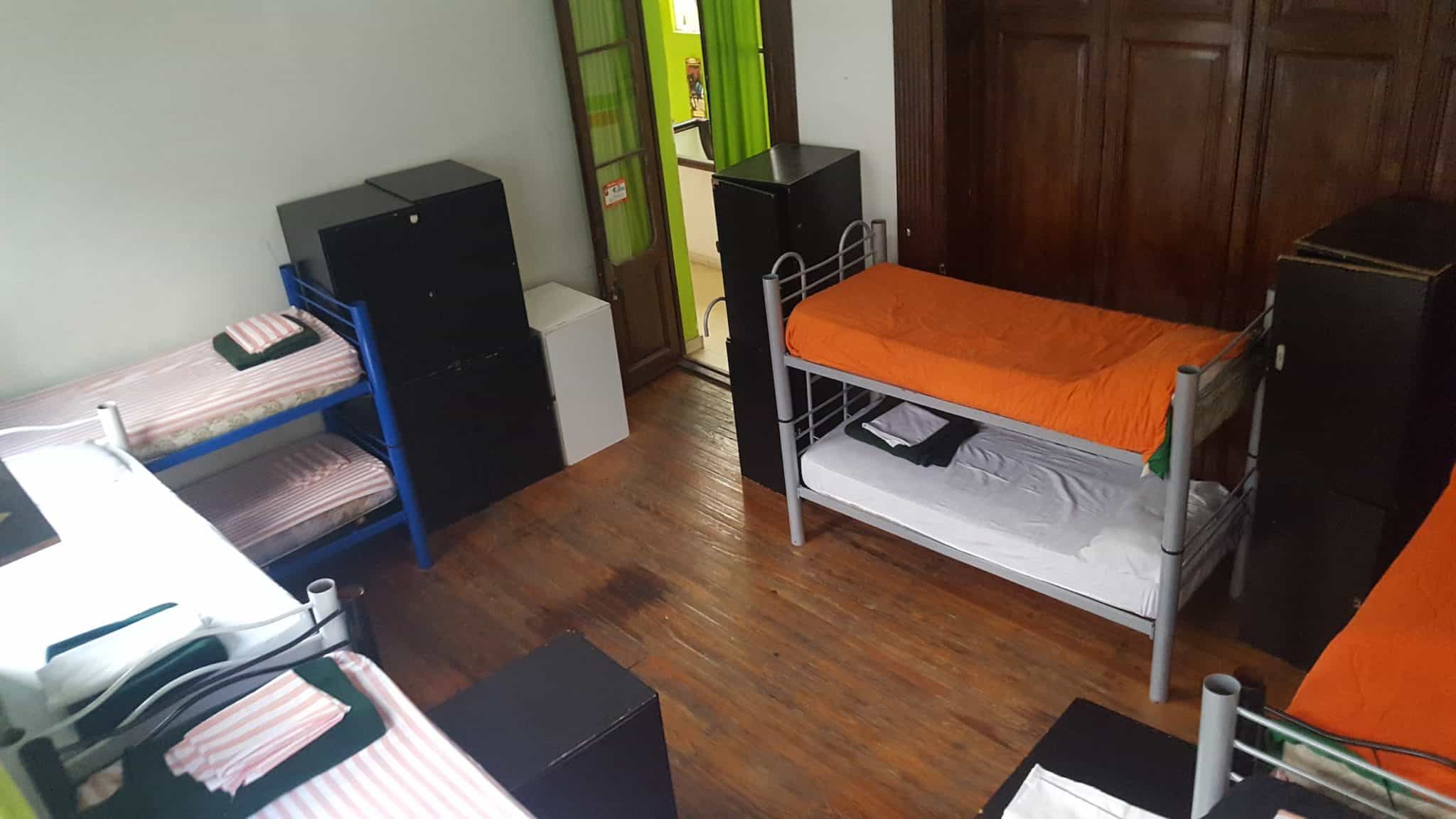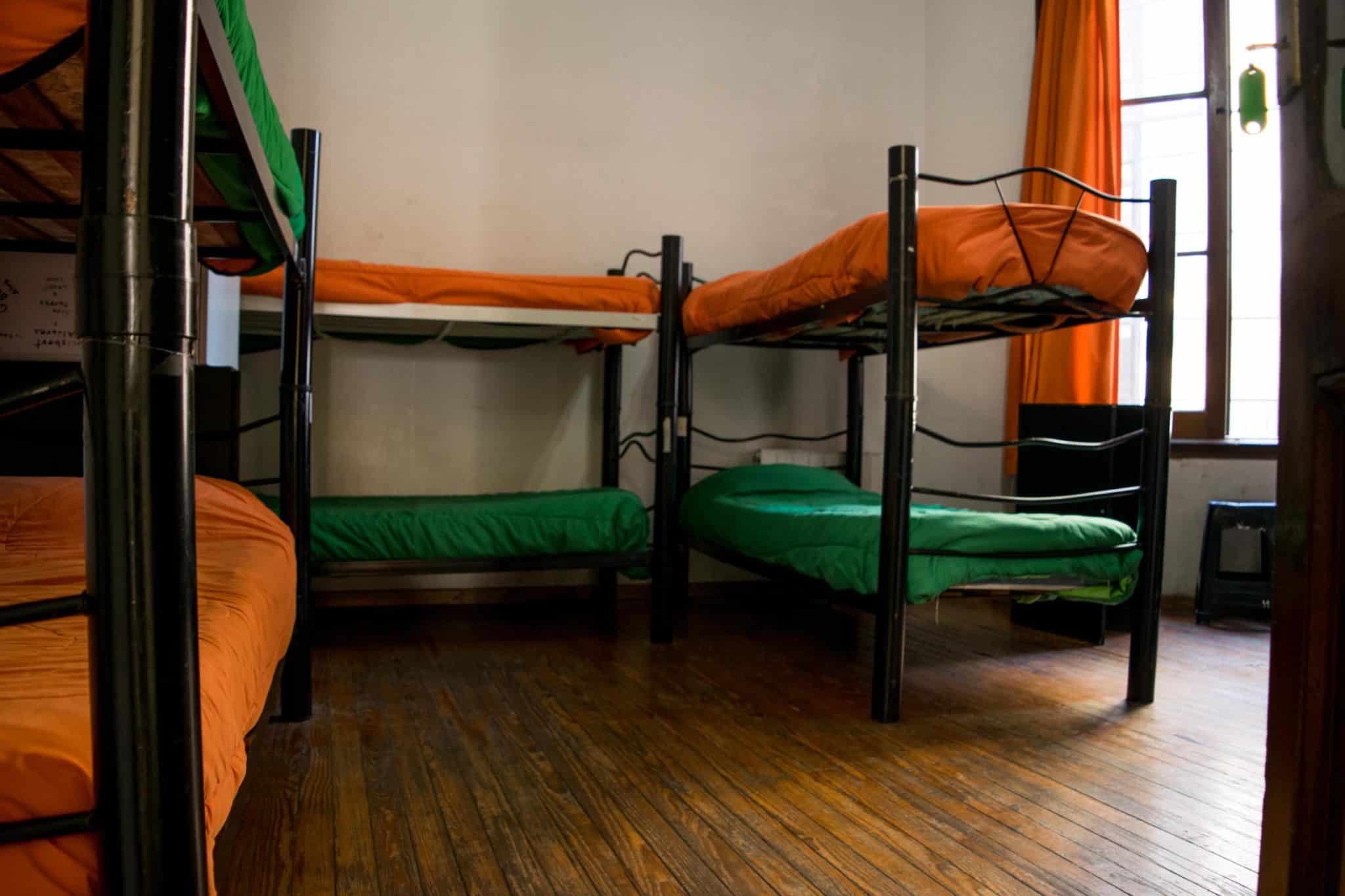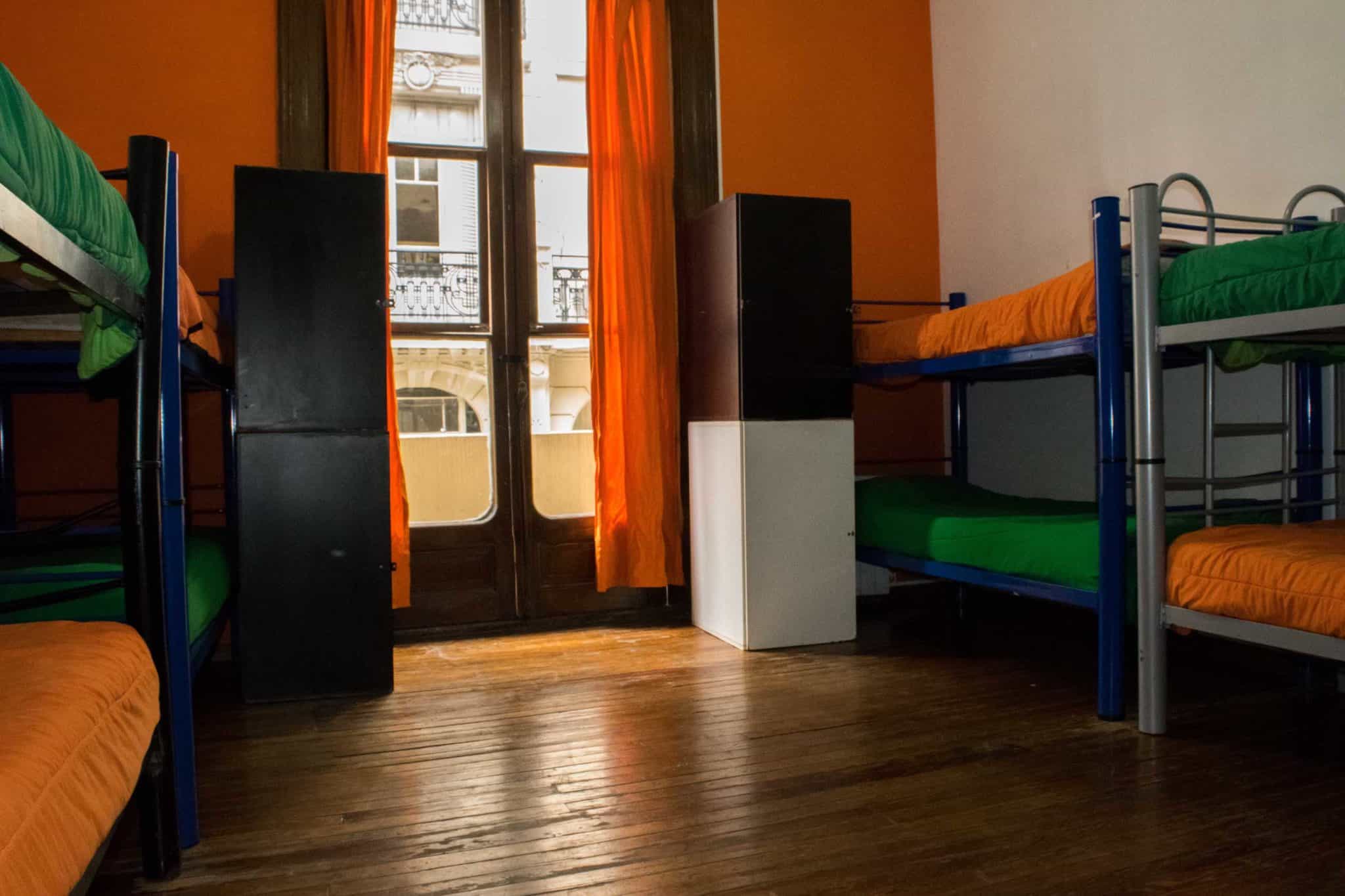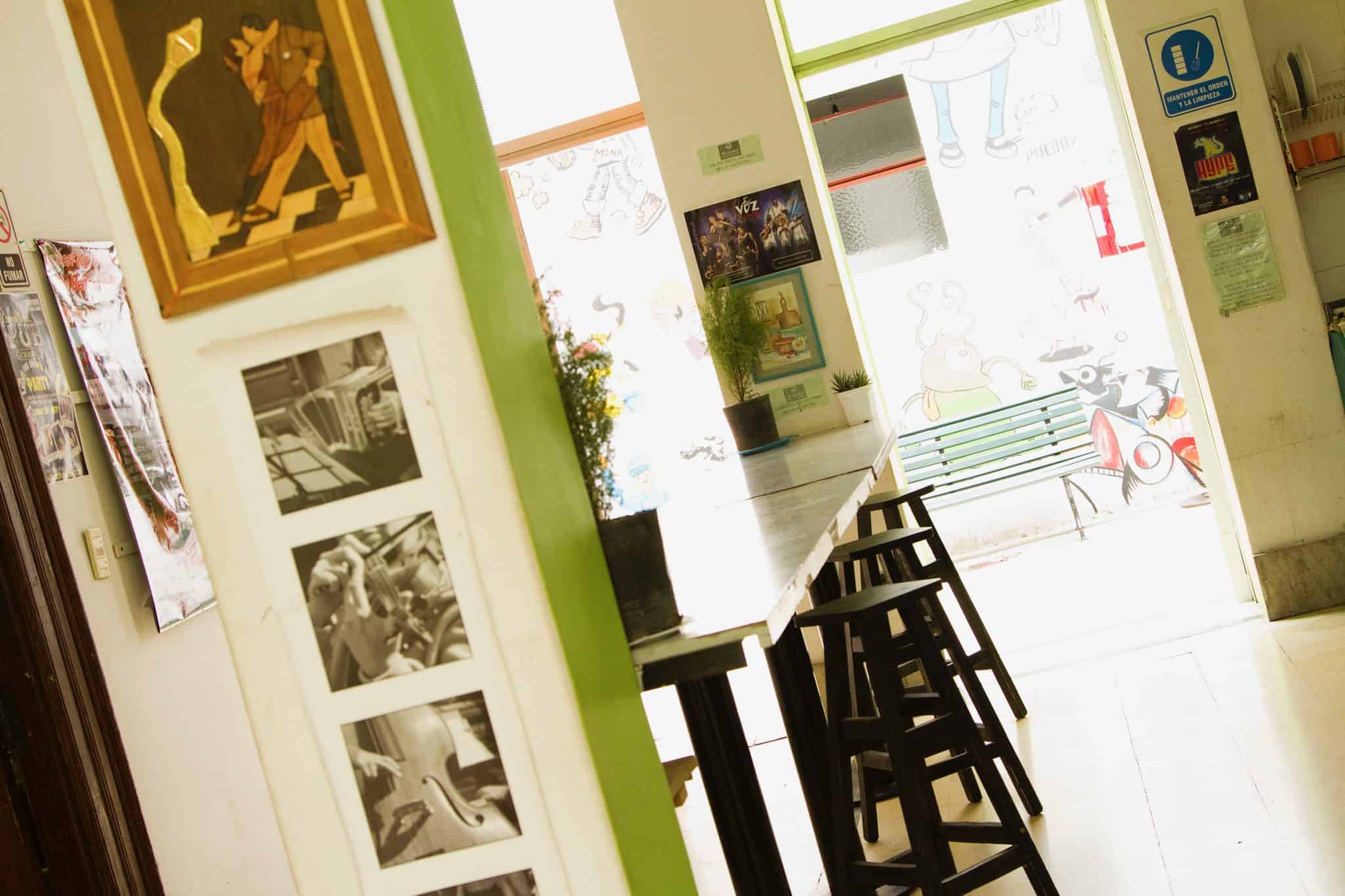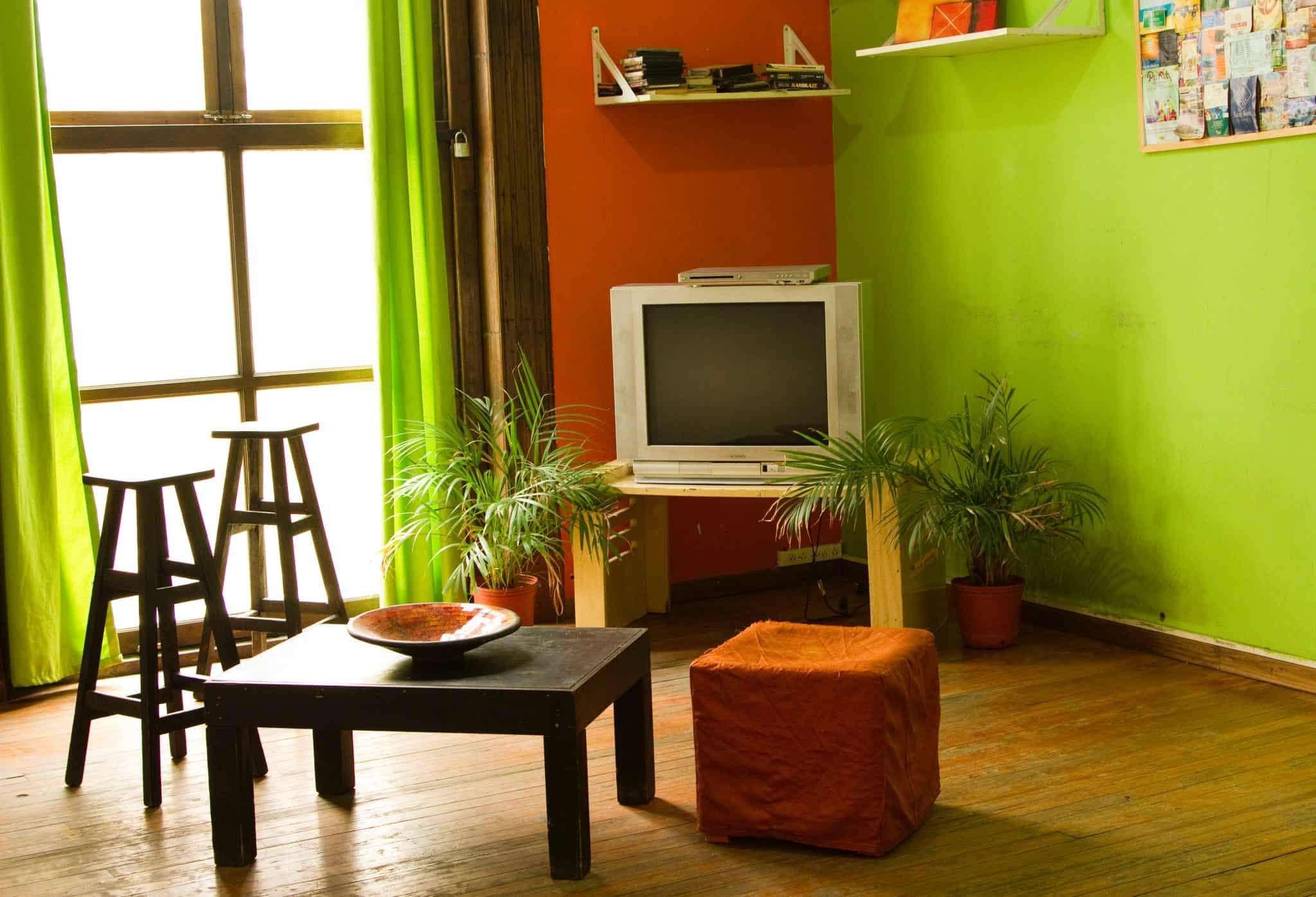The 06 Central Hostel tempts you to come experience Buenos Aires.
La Boca is a neighborhood located in the southeast of Buenos Aires, right over the estuary of El Río de la Plata. When Argentina was still a Spanish colony La Boca was full of barracks that served as home for the black slaves. According to the official history this was the area where Buenos Aires was first founded in 1536 by Pedro de Mendoza.
For many years the main port of Buenos Aires was located in La Boca, but because it wasn’t deep enough for the ships to enter it was moved towards the north of the city following a proposal by Eduardo Madero. Many Italian immigrants started to inhabit the area by the end of the 19th century, especially people coming from Genoa. It was they who gave the place its current image.
The Italians would live in tenement houses that they coloured with the paint that was left overs by sailors after they painted their ships.
The artist Quinquela Martín reinterpreted the neighbor’s tradition, not only he portrayed them but also persuaded them to use more and more vivid colors. He also contributed to the area donating several buildings that still carry the colourful tradition: The Escuela de Artes Gráficas (Graphic Arts School), the Escuela-Museo (Museum-School), the Lactario Municipal, the Instituto Odontológico infantil (Children’s Dental Institute) and the Jardín de infantes (Kindergarten). La Boca is internationally famous for housing the Boca Juniors club stadium, one of the most supported football teams in Argentina.
1. Scenográphic mural
Almirante Brown 36
This mural is a portray of a typical La Boca scene. Some important local figures are appreciable here like the soccer player Diego Maradona, the accordionist Aníbal Troilo and Benito Quinquela Martín himself.
2. Yellow House (Casa Amarilla)
Almirante Brown 401
It’s a reproduction of Admiral Guillermo Brown’s home, an Irish sailor pioneer in the Argentinian navy.
It houses the Department of Naval Historical Studies and the Brownian Institute, as well as a library and a hall for multiple uses.
The Almirante Brown AV. was the street where all the first theaters in La Boca were: the Panterpe, the Ateneo Iris and the Dante Alighieri. Many Italian lyrical operas were represented in these rooms.
3. Our Lady of Inmigrants Church (Iglesia Nuestra Señora de los Inmigrantes)
Necochea 312
In this Church all the immigrants who arrived in Argentina and particularly to La Boca are being paid tribute. It was designed by the architect Luis Lanari and built with the hands of immigrants coming from different countries. Inside there is a bas-relief portray work of Roberto Capurro and a series of stained-glass windows by Raúl Russo, Juan Ballester Peña and Armando Sicca.
4. Ghost’s Tower (Torre del Fantasma)
Avenida Almirante Brown and W. Villafañe
Legend has it that in the top floor’s viewpoint balcony inhabits the ghost of a painter who committed suicide there. The building is the work of the architect Guillermo Álvarez.
5. “Pizzería Banchero” (Pizza restaurant)
Almirante Brown 1200
This traditional Buenos Aires “pizzeria” was opened in 1932 by a Genoese immigrant called Agustín Banchero. Now there are two other branches in the city.
6. San Juan Evangelista Church
Olavarría 486
The original building opened its doors in 1859 but in 1870 the neighbors claimed that it was converted into a Peace Court. This event settled the neighborhood’s jurisdictional limits and transformed the zone in and independent jurisdiction of the Provincial Government.
The temple that we see today was inaugurated in 1886 according to the planning of the architect Pablo Bessana.
7. Voluntary Firefighter Station (Cuartel de Bomberos Voluntarios)
Brandsen 567
The Voluntary Firefighters corps started working in 1884 as an enterprise by Mister Tomas Liberti. During the yellow fever epidemic period the Firefighters had a primary role especially with the recurrent bursting of the Riachuelo’s banks.
8. Boca Juniors Stadium
Brandsen 805
“La Bombonera” is the popular name given to the Boca Juniors football stadium, one of the two most supported football clubs in Argentina. The other one is River Plate and it is located in Núñez.
It was opened in 1940, with space for 60,000 spectators. On the outside walls there is a mural by the artist Pérez Celis.
9. Wax Museum (Museo de Cera)
Del Valle Iberlucea 1261
The house dates from the beginning of the 20th century; it was here where the Socialist Committee presided by Dr. Alfredo Palacios was settled.
Today it is the houses for the only wax museum in Argentina. You will be able to appreciate much of the neighborhood’s essence through scenes represented here. Many of them evoke the Southern Buenos Aires’ epic poem. There are many pieces by the sculptor Domingo Tellachea (founder of the museum) exposed in its five galleries.
10. Bar La Perla
Magallanes and Del Valle Iberlucea
The Bar is located in an area full of antique shops, art galleries and halls. It worth a visit as it is a classic in neighborhood.
11. Caminito Street Museum
During the 50’s, a neighbor called Arturo Cárrega decided to recover the ancient land where the train used to run.
Quinquela Martín named the short street “Caminito” after the popular tango by Peñalosa and Filiberto.
Different artist started to donate their works to the promenade until it finally turned into an open museum in 1959.
12. Voluntary Firefighters Square (Plazoleta Bomberos Voluntarios)
Lamadrid and Garibaldi
The square that holds an amphitheatre was settled in an old abandoned land.
13. Proa Foundation
Av. Pedro de Mendoza 1929
The Proa Foundations is a non-profit institution that helps to promote contemporary art. Many international exhibitions and a series of conferences take place here.
14. Vuelta de Rocha
Av. Pedro de Mendoza and Del Valle Iberlucea.
The only ship-shaped square in the city was once owned by Antonio Rocha. It was previously called “de los suspiros” (of the sighs), because it was located exactly where the Genoans inmigrants would gather to worship their homeland.
15. Pedro de Mendoza School and Quinquela Martín Museum
Av. Pedro de Mendoza 1835
In 1933 Benito Quinquela Martín donated a land to build an elementary school, a museum of national art and workshop.
He himself covered the rooms with murals, and initiated the museum’s collection that includes much of his work.
16. De La Ribera Theatre
Pedro de Mendoza 1821
Also a land donated by Quinquela Martín. He even participated in the foundation of the theater room which opened in 1971. It has space for 700 spectators.
17. Old Ferry Bridge (Antiguo Puente Transbordador)
Pedro de Mendoza and Almirante Brown.
This iron-structure bridge was inaugurated in the South of the city in 1914 by the railroad company. Originally many cars and pedestrians used to transit on it.












